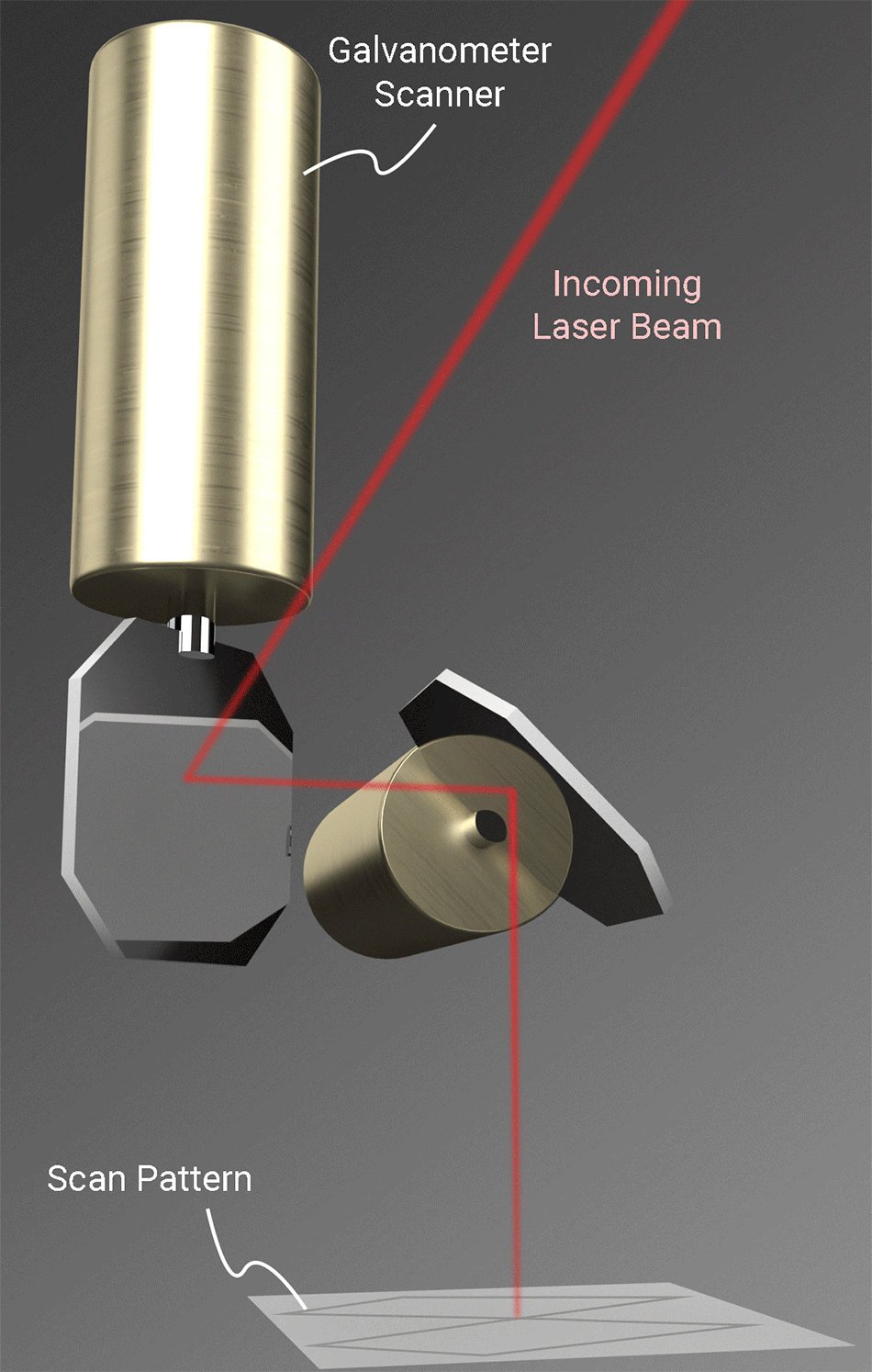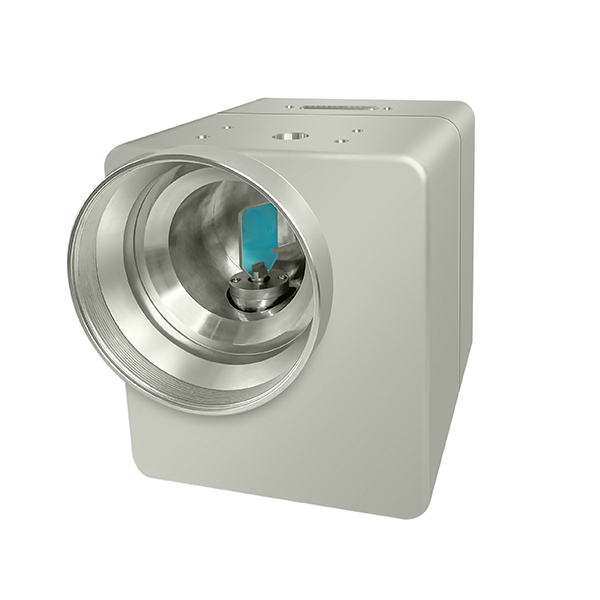High-Precision Galvo Innovation for Faster and More Accurate Laser Control
Wiki Article
A Comprehensive Guide to Galvo Motors and Their Influence On Laser Equipments
Galvo electric motors have actually emerged as a critical element in the evolution of laser systems, supplying enhanced precision and performance across different applications. What might this suggest for the landscape of laser innovation?What Are Galvo Motors?
Galvo electric motors, brief for galvanometer motors, are accuracy tools used to manage the placement of mirrors or lenses in laser systems. These motors are important to numerous applications, including laser engraving, reducing, and estimate systems, where accurate positioning is critical for optimal performance. Galvo motors use a light-weight design that allows quick activity, allowing for high-speed operation and exact control of laser light beams.
In addition, galvo electric motors can be incorporated with innovative control systems, permitting sophisticated programs and automation. This versatility not just boosts functional effectiveness however also makes certain uniformity in outcome. Because of this, galvo electric motors have come to be a crucial part in contemporary laser modern technology, helping with innovations in various fields by making it possible for precise control of light with extraordinary speed and accuracy.
Just How Galvo Motors Operate
The procedure of galvo electric motors depends on accurate electromagnetic mechanisms that facilitate exact and fast positioning of mirrors or lenses. At the core of a galvo motor system are rotary coils placed on a shaft, which connect with magnetic areas produced by permanent magnets.Galvo motors are defined by their closed-loop control systems, which make use of comments from setting sensors to ensure accuracy. These sensing units keep track of the angular position of the mirrors, passing on information to the controller that adjusts the current provided to the motor. This feedback loophole enables for fine-tuning of the motor's placement, leading to high repeatability and precision.
Moreover, the lightweight construction of galvo electric motors reduces inertia, enabling fast response times essential for laser scanning applications. On the whole, the combination of electro-magnetic principles and closed-loop responses systems allows galvo motors to do detailed jobs with outstanding precision and rate, making them essential in innovative laser modern technologies.

Advantages of Galvo Motors
One of the vital advantages of making use of galvo motors in laser systems is their capability to achieve exact and quick positioning, which is important for applications such as laser inscription, cutting, and scanning. This accuracy is largely because of the high-speed feedback of galvo motors, enabling them to swiftly adjust the angle of the laser beam of light with marginal delay.
An additional considerable benefit is their minimized inertia compared to standard stepper motors, which enables quicker acceleration and slowdown. This characteristic not just improves the total speed of laser procedures but likewise adds to the high quality of the finished item by minimizing movement blur.
Applications in Laser Systems
Applications of galvo motors in laser systems extend a wide variety of industries, showcasing their convenience and effectiveness. Mostly utilized in laser marking and inscribing, galvo electric motors allow exact control over the laser beam's setting, promoting elaborate styles on numerous materials such as metals, plastics, and glass. Their quick response times and accuracy substantially boost production effectiveness, making them very useful in manufacturing processes.In the world of laser cutting, galvo electric motors permit high-speed operations, decreasing the moment needed for detailed cuts while maintaining edge high quality. This ability is specifically beneficial in fields like automotive and aerospace, where accuracy is vital. Galvo electric motors are crucial in laser scanning applications, such as in 3D laser scanning and imaging systems, where they help with fast data purchase and analysis.
Medical applications likewise benefit from galvo innovation, especially in laser surgical treatment and diagnostic devices, where accurate beam of light control is critical for efficient outcomes. Furthermore, the emergence of laser-based micro-machining processes has actually seen the fostering of galvo electric motors, improving the capability to carry out delicate operations with unparalleled precision. On the whole, galvo electric motors play a vital function beforehand laser technology across varied areas.
Future Trends in Galvo Technology
Significantly, innovations in galvo innovation are poised to revolutionize numerous markets that rely upon laser systems. One significant fad is the combination of expert system (AI) and artificial intelligence algorithms right into galvo control systems. These innovations enhance accuracy and versatility, permitting real-time modifications based on vibrant environmental problems or material homes.Another arising trend is the growth of higher-speed galvo motors, which promote faster processing times in applications such as laser inscription and cutting - Galvo Scanner. As sectors demand quicker turn-around times, these developments will certainly end up being essential for preserving affordable advantage
In addition, miniaturization of galvo components is making laser systems a lot more compact and flexible. This fad is particularly appropriate in fields such as medical tools, where space restrictions are extremely important.
Conclusion

Galvo motors have actually emerged as a crucial element in the evolution of laser systems, supplying enhanced accuracy and efficiency across numerous applications.Galvo motors, brief for galvanometer motors, are precision tools used to regulate the position of mirrors or lenses in laser systems. Mostly utilized in laser engraving and noting, galvo motors allow specific control over the laser beam of light's placement, helping with complex styles on various products such as steels, plastics, and glass. Galvo motors are important in laser scanning applications, such as in 3D laser scanning and imaging systems, where they promote rapid data purchase and evaluation.
As advancements in closed-loop control systems and synthetic knowledge assimilation continue to develop, the capacity for galvo electric motors to further transform laser systems stays significant, encouraging increased speed and decreased movement blur, consequently increasing their energy across diverse industrial Laser Galvo industries.
Report this wiki page